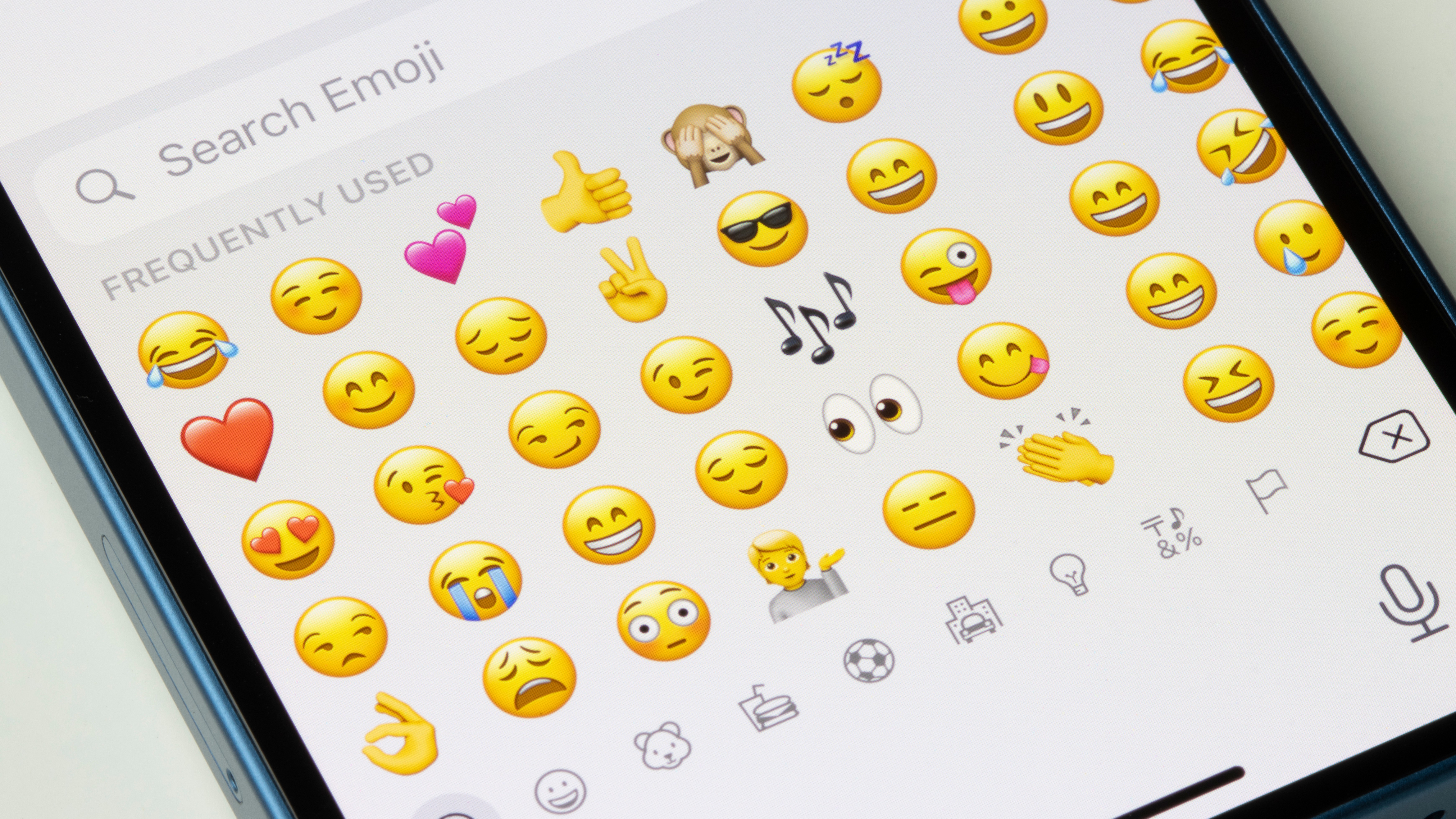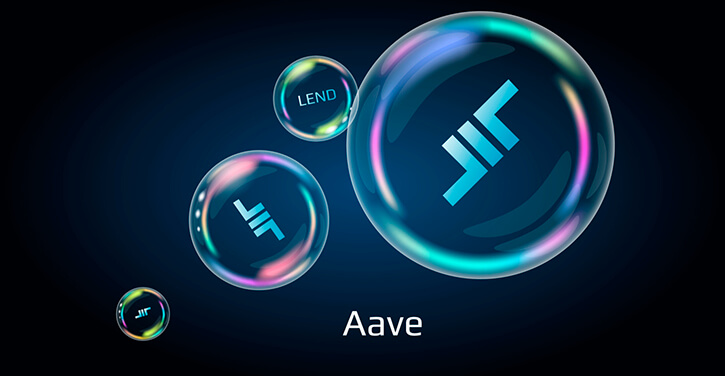How To Solve Fizz Buzz With JavaScript
In this article What is Fizz Buzz How to Solve Fizz Buzz Tips for Solving Fizz Buzz Wrapping Up Are you learning to code or preparing for an upcoming coding interview? In this post, we’ll explain the Fizz Buzz problem and then take you through the process of solving this exercise. At the end, you should be confident enough in solving this exercise and other similar coding problems. If that sounds good to you, then let’s go! What is Fizz Buzz? Fizz Buzz is a coding exercise where you’ll output the numbers from 1 to 100 with multiples of three displayed as "Fizz", multiples of five as "Buzz", and then multiples of both three and five as "FizzBuzz". This coding problem has been given during coding interviews to candidates who want to be selected for a software developer role. Knowing how to solve this type of challenge can bring you one step closer to gaining that position. How to Solve Fizz Buzz To solve this challenge in the simplest way possible, use HTML and CSS to create the user interface on a static web page. And then you’ll code in JavaScript to handle the user interaction and to display the final results. Now, break the execution down into three JavaScript functions: a controller function, a helper function, and a view function. This will keep your program organized, manageable, and easily understood. Step 1 - Implement Controller Function Use the controller function as the main function, which is responsible for the overall flow of execution of the program. The controller function will call the other functions to process the numbers and complete the results. The following code shows the controller function named getValues. It receives the user input, parses the fizz and the buzz values as numbers, and then calls both the helper and view functions for processing. function getValues() { //get values from the page let fizzValue = document.getElementById("fizzValue").value; let buzzValue = document.getElementById("buzzValue").value; //Need to validate input //parse into integers fizzValue = parseInt(fizzValue); buzzValue = parseInt(buzzValue); if (Number.isInteger(fizzValue) && Number.isInteger(buzzValue)) { //call generateNumbers let numbers = generateNumbers(); //call displayNumbers displayNumbers(fizzValue, buzzValue, numbers); } else { alert("You must enter integers"); } } Step 2 - Create a Helper Function Now, use the helper function to handle one task. This function assists the controller function in breaking down code into smaller, manageable code. The following code illustrates the helper function named generateNumbers. It generates and transfers numbers 1 to 100 into an array using a for loop, and then returns the number array back to the controller function. function generateNumbers() { let numbers = []; //get all numbers from start to end for (let index = 1; index

In this article
What is Fizz Buzz
How to Solve Fizz Buzz
Tips for Solving Fizz Buzz
Wrapping Up
Are you learning to code or preparing for an upcoming coding interview? In this post, we’ll explain the Fizz Buzz problem and then take you through the process of solving this exercise. At the end, you should be confident enough in solving this exercise and other similar coding problems. If that sounds good to you, then let’s go!
What is Fizz Buzz?
Fizz Buzz is a coding exercise where you’ll output the numbers from 1 to 100 with multiples of three displayed as "Fizz", multiples of five as "Buzz", and then multiples of both three and five as "FizzBuzz".
This coding problem has been given during coding interviews to candidates who want to be selected for a software developer role. Knowing how to solve this type of challenge can bring you one step closer to gaining that position.
How to Solve Fizz Buzz
To solve this challenge in the simplest way possible, use HTML and CSS to create the user interface on a static web page. And then you’ll code in JavaScript to handle the user interaction and to display the final results.
Now, break the execution down into three JavaScript functions: a controller function, a helper function, and a view function. This will keep your program organized, manageable, and easily understood.
Step 1 - Implement Controller Function
Use the controller function as the main function, which is responsible for the overall flow of execution of the program. The controller function will call the other functions to process the numbers and complete the results.
The following code shows the controller function named getValues. It receives the user input, parses the fizz and the buzz values as numbers, and then calls both the helper and view functions for processing.
function getValues() {
//get values from the page
let fizzValue = document.getElementById("fizzValue").value;
let buzzValue = document.getElementById("buzzValue").value;
//Need to validate input
//parse into integers
fizzValue = parseInt(fizzValue);
buzzValue = parseInt(buzzValue);
if (Number.isInteger(fizzValue) && Number.isInteger(buzzValue)) {
//call generateNumbers
let numbers = generateNumbers();
//call displayNumbers
displayNumbers(fizzValue, buzzValue, numbers);
} else {
alert("You must enter integers");
}
}
Step 2 - Create a Helper Function
Now, use the helper function to handle one task. This function assists the controller function in breaking down code into smaller, manageable code.
The following code illustrates the helper function named generateNumbers. It generates and transfers numbers 1 to 100 into an array using a for loop, and then returns the number array back to the controller function.
function generateNumbers() {
let numbers = [];
//get all numbers from start to end
for (let index = 1; index <= 100; index++) {
//execute in a loop until index = endValue
numbers.push(index);
}
return numbers;
}
Step 3 - Code the View Function
Finally, use a view function to display the results to the user. The following code shows the view function named displayNumbers.
function displayNumbers(fValue, bValue, numbers) {
let templateRows = "";
for (let index = 0; index < numbers.length; index++) {
let className = "";
let number = numbers[index];
if (index % 5 == 0) {
templateRows += ``;
}
if (number % fValue == 0 && number % bValue == 0) {
className = "fizzBuzz";
templateRows += `${className}`;
}
else if (number % fValue == 0) {
className = "fizz";
templateRows += `${className}`;
}
else if (number % bValue == 0){
className = "buzz";
templateRows += `${className}`;
}
else {
templateRows += `${number}`;
}
if ((index + 1) % 5 == 0) {
templateRows += ``;
}
}
document.getElementById("results").innerHTML = templateRows;
}
First, the controller function passes the fizz value, the buzz value, and the numbers array into the function. The values are processed using a for loop and if-then-else conditional statements. They are then templated onto the page using different colors to maximize user readability.
Tips for Solving Fizz Buzz
- Use a language that you are comfortable in programming. The examples shown were coded in JavaScript, however you could’ve used another language such as C# or Python.
- Learn about arrays, the uses for an array, and all of the functions for arrays.
- Be comfortable with creating for-loops, including while and do-while loops.
- Know about conditional statements, such as if and if-else, and when to use them.
Wrapping Up - How To Solve Fizz Buzz
There you go! You’ve learned about the Fizz Buzz exercise and the process for solving it, using a controller function, a helper function, and a view function. Although I’ve only shown you one way, there are other ways in solving this problem. You should be ready now to practice by coding some more on your own.
I’ve also coded my own solution for Fizz Buzz and deployed it using Netlify. You are welcome to demo it here.
If you found this post helpful, don’t forget to leave a comment below. Also, subscribe to sign-up for future email updates when new articles are published to this blog.


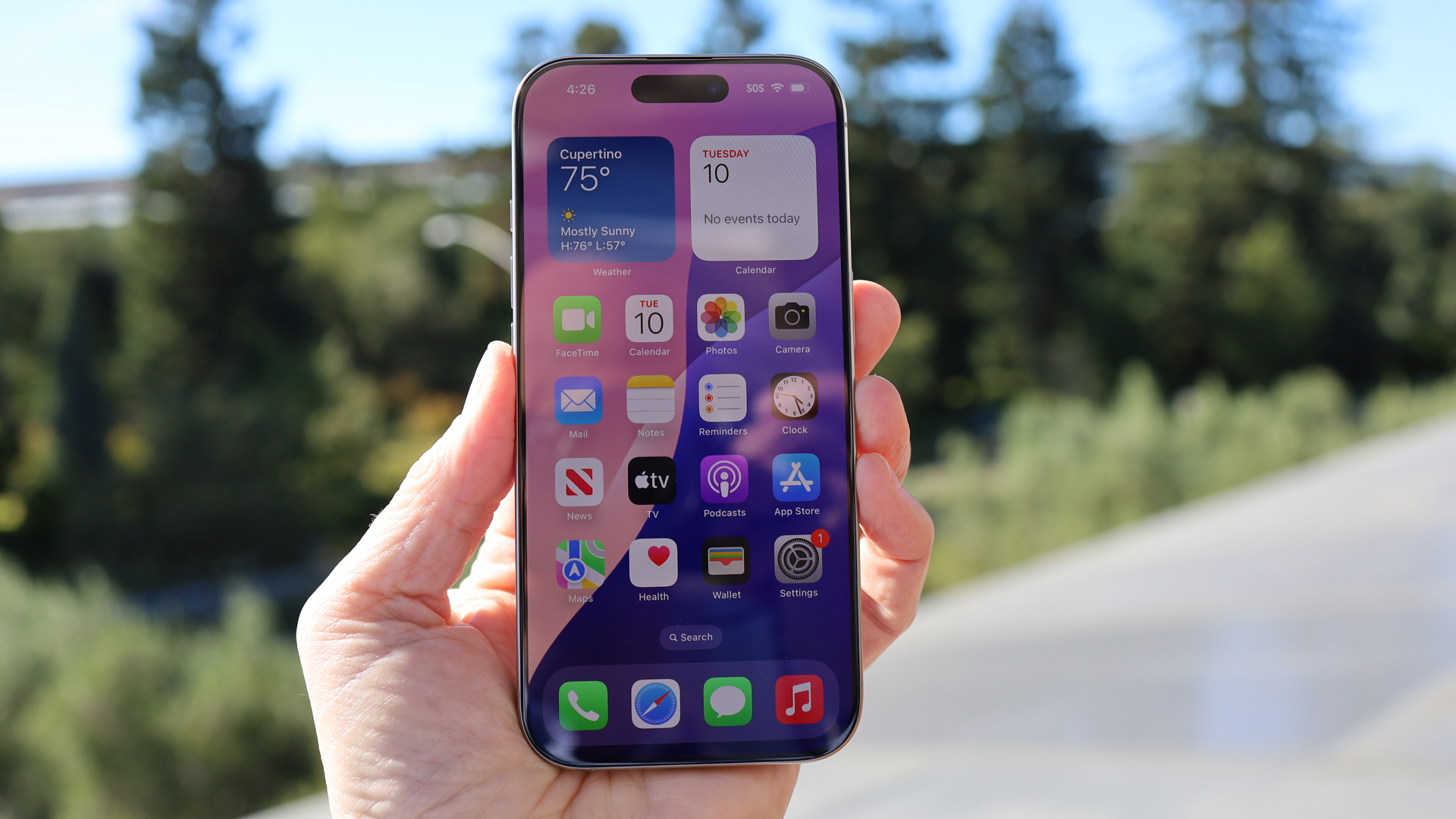


































































































































































![[The AI Show Episode 142]: ChatGPT’s New Image Generator, Studio Ghibli Craze and Backlash, Gemini 2.5, OpenAI Academy, 4o Updates, Vibe Marketing & xAI Acquires X](https://www.marketingaiinstitute.com/hubfs/ep%20142%20cover.png)



















































































































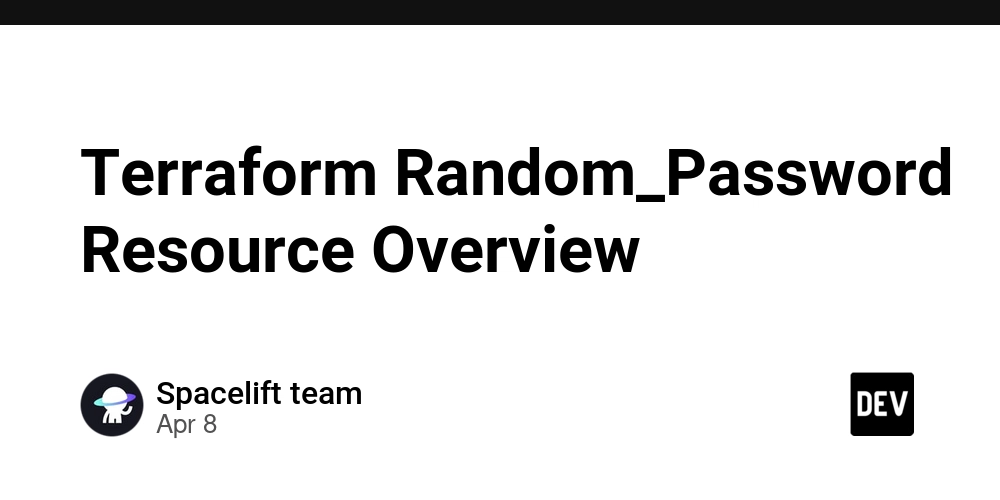
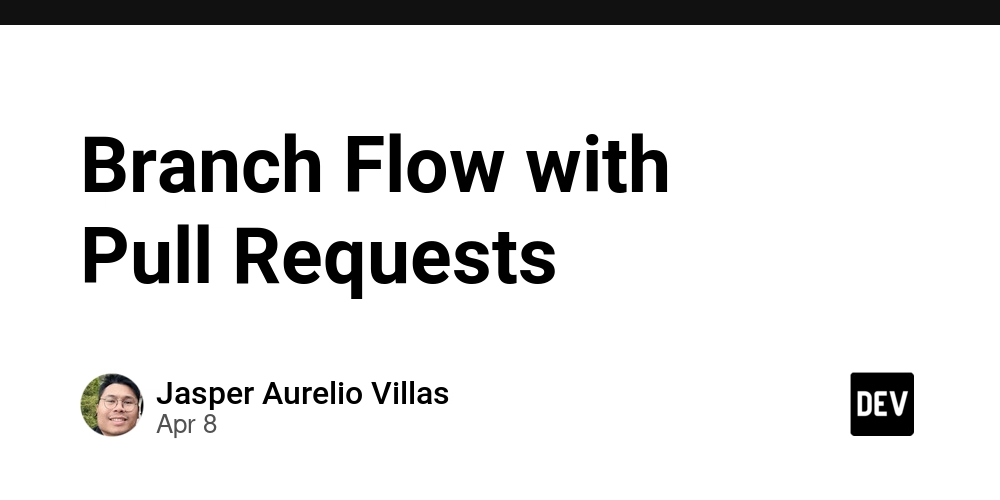
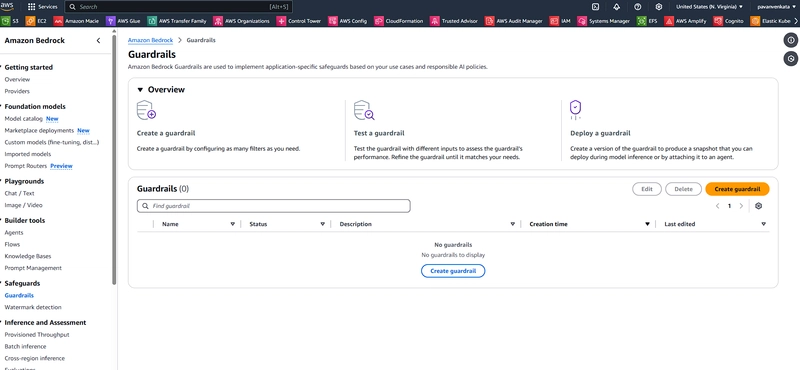












![From drop-out to software architect with Jason Lengstorf [Podcast #167]](https://cdn.hashnode.com/res/hashnode/image/upload/v1743796461357/f3d19cd7-e6f5-4d7c-8bfc-eb974bc8da68.png?#)















































OSAMU-NAKAMURA.png?width=1920&height=1920&fit=bounds&quality=80&format=jpg&auto=webp#)


































































(1).jpg?width=1920&height=1920&fit=bounds&quality=80&format=jpg&auto=webp#)


























_NicoElNino_Alamy.png?#)
.webp?#)
.webp?#)



















































































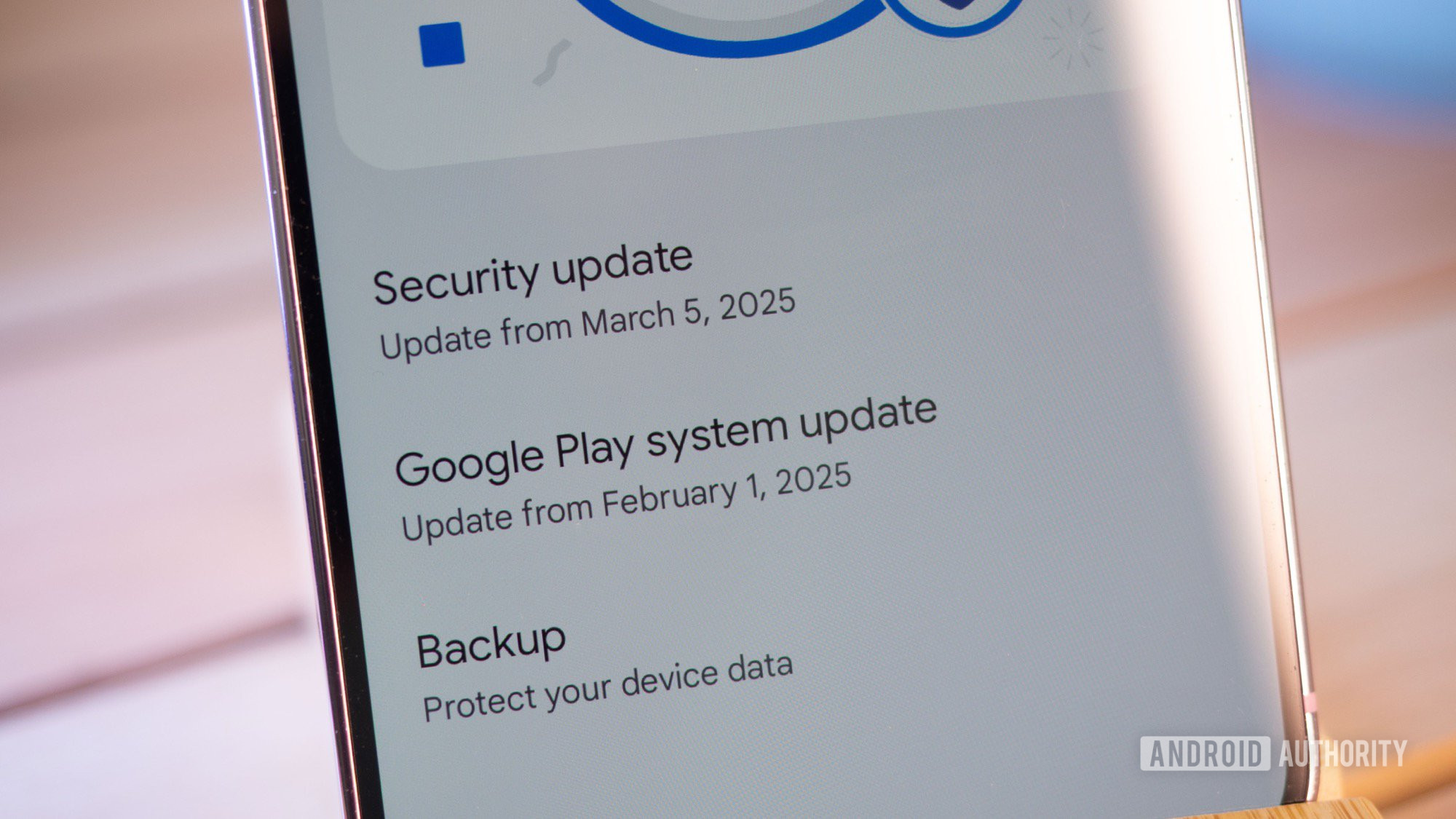
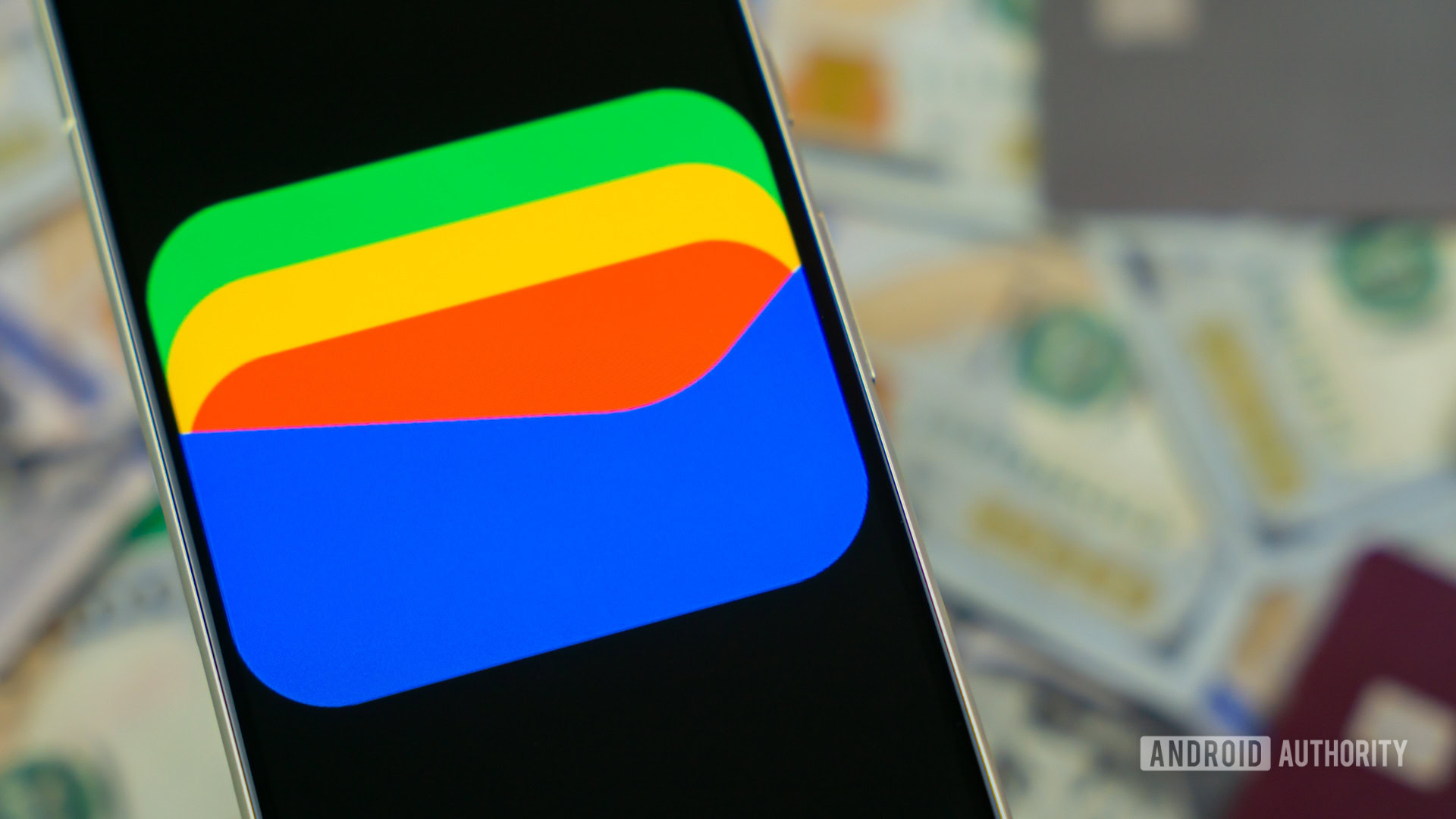
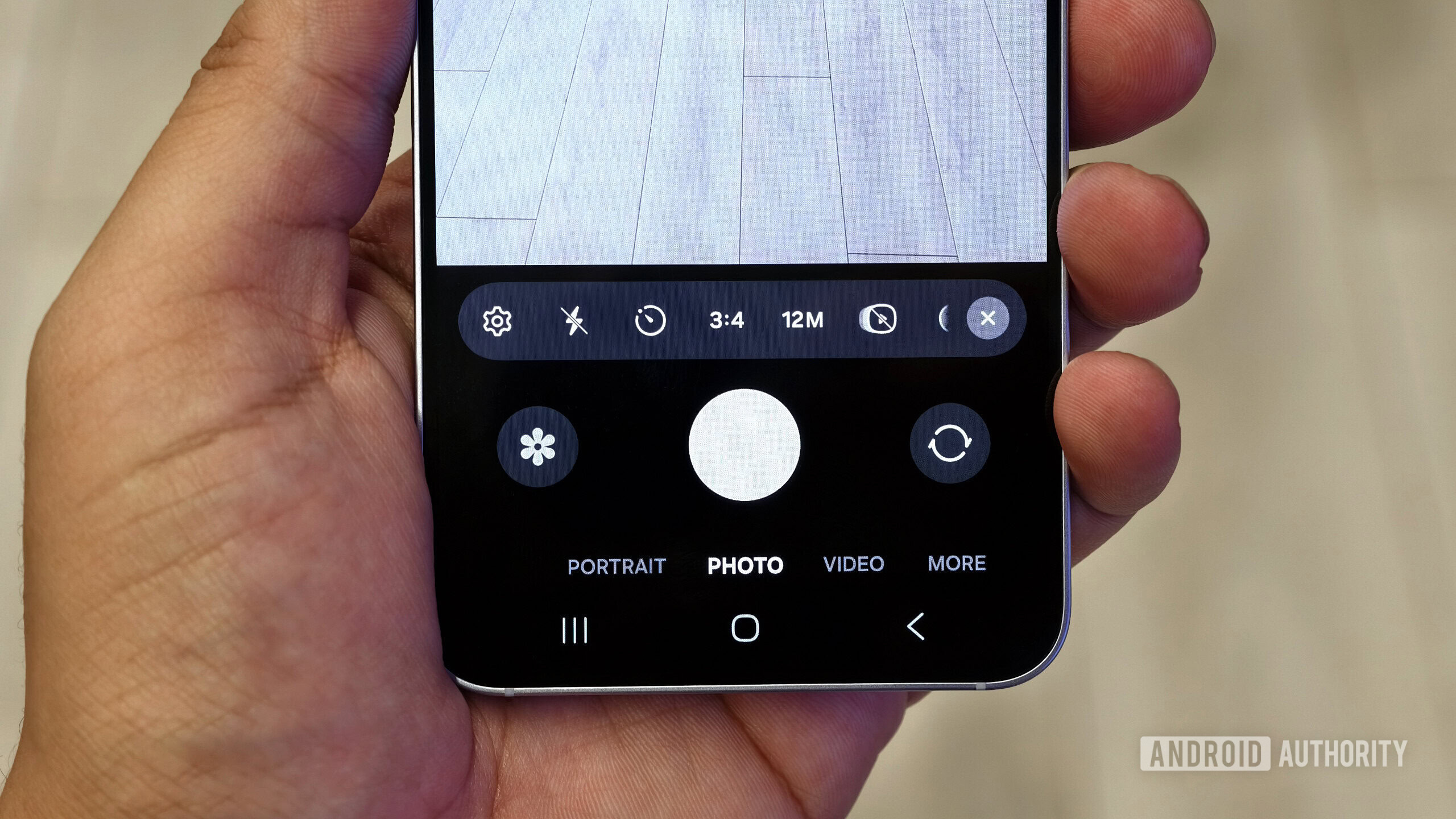


















![New iOS 19 Leak Allegedly Reveals Updated Icons, Floating Tab Bar, More [Video]](https://www.iclarified.com/images/news/96958/96958/96958-640.jpg)

![Apple to Source More iPhones From India to Offset China Tariff Costs [Report]](https://www.iclarified.com/images/news/96954/96954/96954-640.jpg)
![Blackmagic Design Unveils DaVinci Resolve 20 With Over 100 New Features and AI Tools [Video]](https://www.iclarified.com/images/news/96951/96951/96951-640.jpg)















